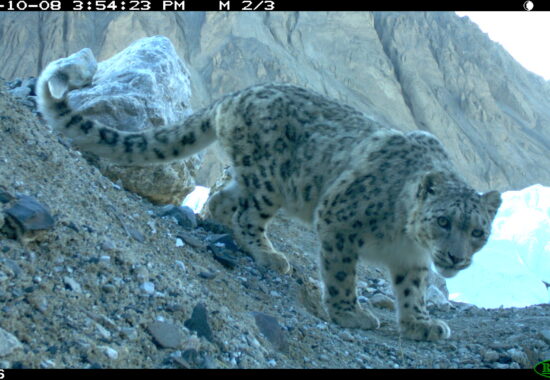

Climate change is expected to cause stressful environmental conditions for most of the global biodiversity in the decades to come and there is a concern that many species will not be able to keep up with the direct and indirect impacts of these changes. Biological responses to climate change are occurring throughout terrestrial, aquatic, and marine habitats. Species-specific responses to multiple climate drivers (e.g., temperature, water availability) are causing changes in the timing, direction, and magnitude of movements and life events among the animal and plant life of various regions and may have adverse impacts on the distribution and viability of biological communities, species, and populations. Changes in species’ range and phenology are also altering trophic relationships, shifting community assemblages, and increasing the potential for asynchronies, disruptions, and novel biotic relationships between dependent species. Ultimately, the reshuffling of communities and declines of flora and fauna in habitats have the potential to impact ecosystem structure, function, and productivity, threatening the many goods and services that humans depend on. SLF has established a long-term climate change monitoring experiment in the Khunjerab National Park. It aims at assessing the impacts of increased and decreased precipitation, increased temperature and nutrient addition on species richness, composition, diversity and total above-ground productivity (biomass) of plant communities in the presence and absence of grazing by livestock. Analysis of this data will provide valuable insight into species response to climate change scenarios.